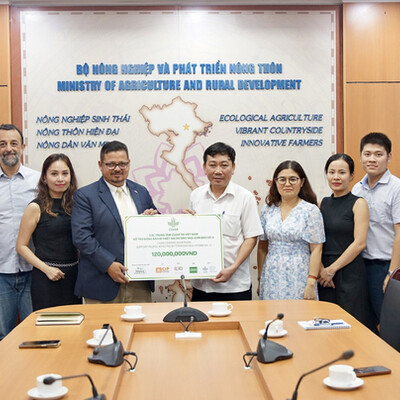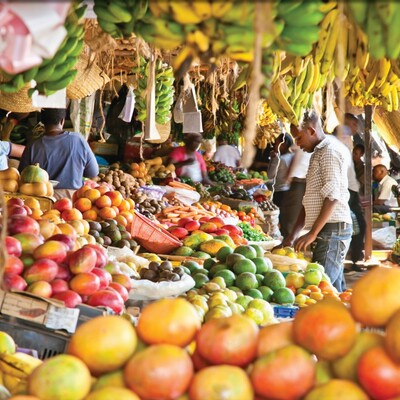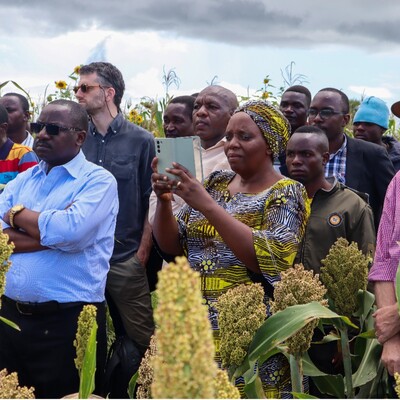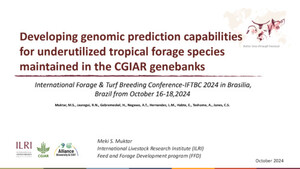
Tropical agriculture conference takes unexpected turn: Toward optimism
The future of livestock in the developing world was one of the principal themes at the third International Tropical Agriculture (TropAg) Conference held from 11-13 November 2019 in Brisbane, Australia.
The conference focused on the challenge of feeding the world’s ever-growing population, which is expected to reach 9.8 billion by 2050. The greatest challenges will come from countries in the world’s tropical zone, currently home to half the world’s population. Currently, some 800 million people go hungry each year, most of them in the tropics. (That number has grown slightly over the past three years after experiencing rapid decline.) Livestock is expected to play an important role in their nutrition and livelihoods, even as the sector comes in for various criticisms in the developed world.
The conference attracted attention from two local papers. Australia’s Farm Weekly featured an article on Mario Herrero, the chief research scientist of agriculture and food at the Commonwealth Scientific and Industrial Research Organisation (CSIRO).
Herrero argued that the solution to a sustainable and healthy future for all will come via ‘a lot of little arrows rather than one silver bullet’. And, he added, ‘The future is relatively bright because we have a lot of technology coming up that could help us improve livestock efficiency’.
Livestock will remain a key part of the solution to hunger and poverty for the foreseeable future, said Herrero, as it provides humanity with benefits including incomes, food, employment and social status. It maintains the livelihoods of over 1.1 billion people directly or indirectly.
Queensland Country Life featured an article about Alfred de Vries, from the Gates Foundation, who told the TropAg Conference that massive nutritional and productivity gains were possible from livestock. ‘Most animals in developing countries have health challenges and very low—often 10 times lower compared to other countries—resulting in low farmer income, poor resource efficiency, high green house gas emission intensity and high consumer prices’, de Vries said.
Both articles contained extensive discussions of the issues involved and the challenges ahead and are well worth reading in their entirety.
















